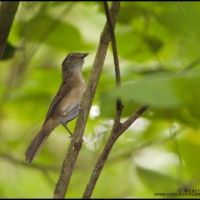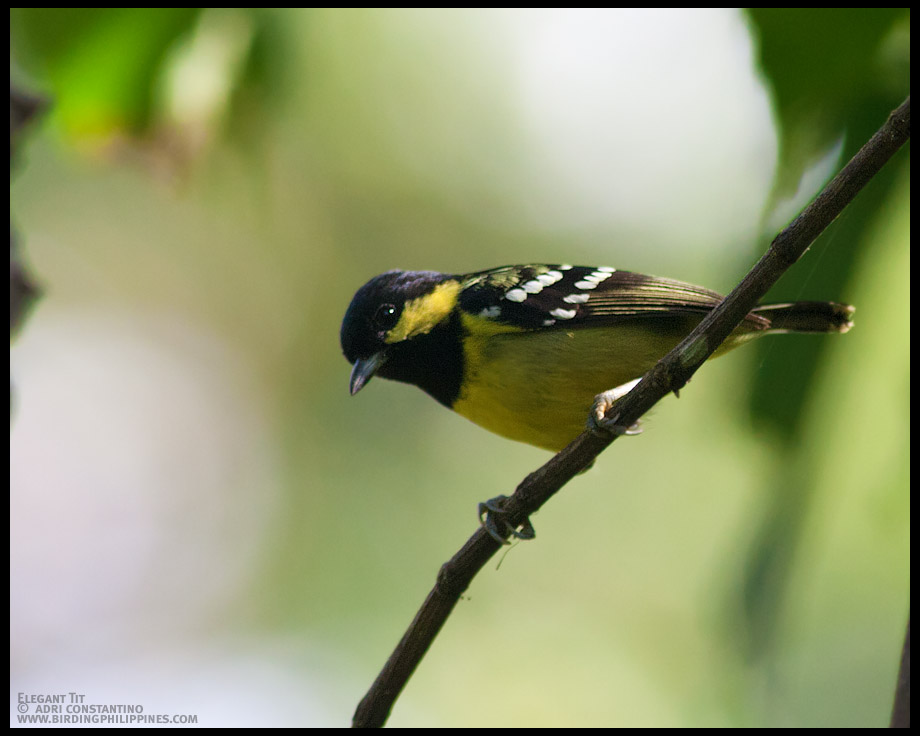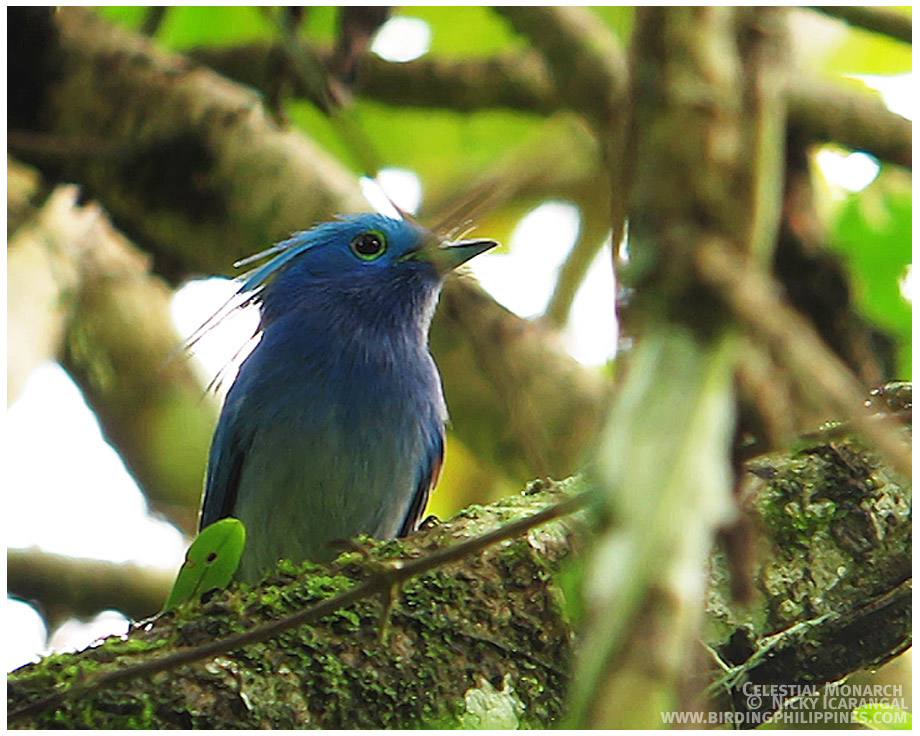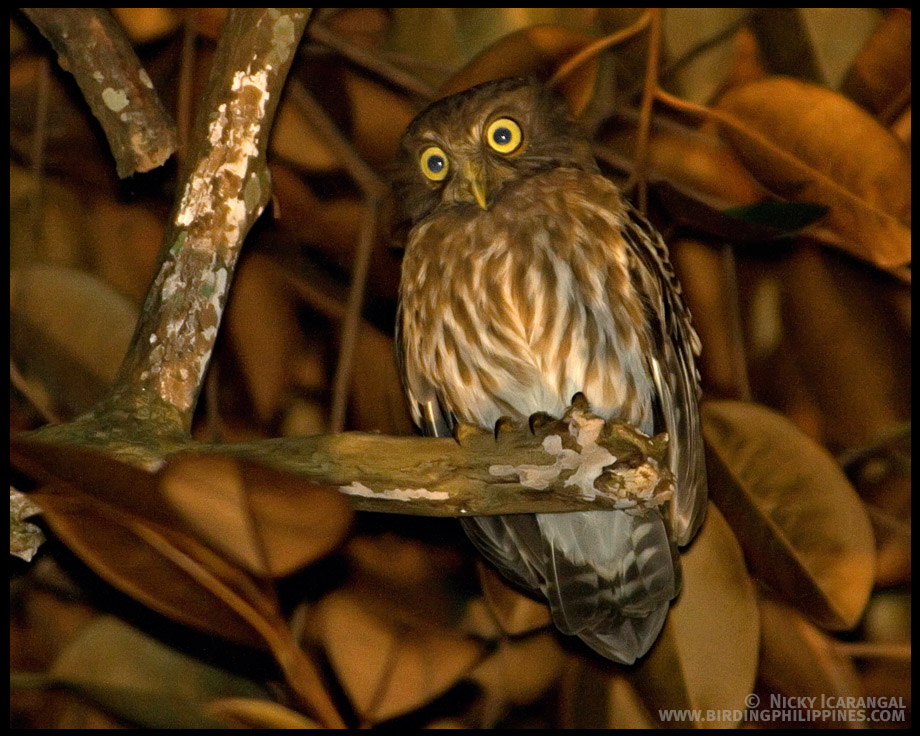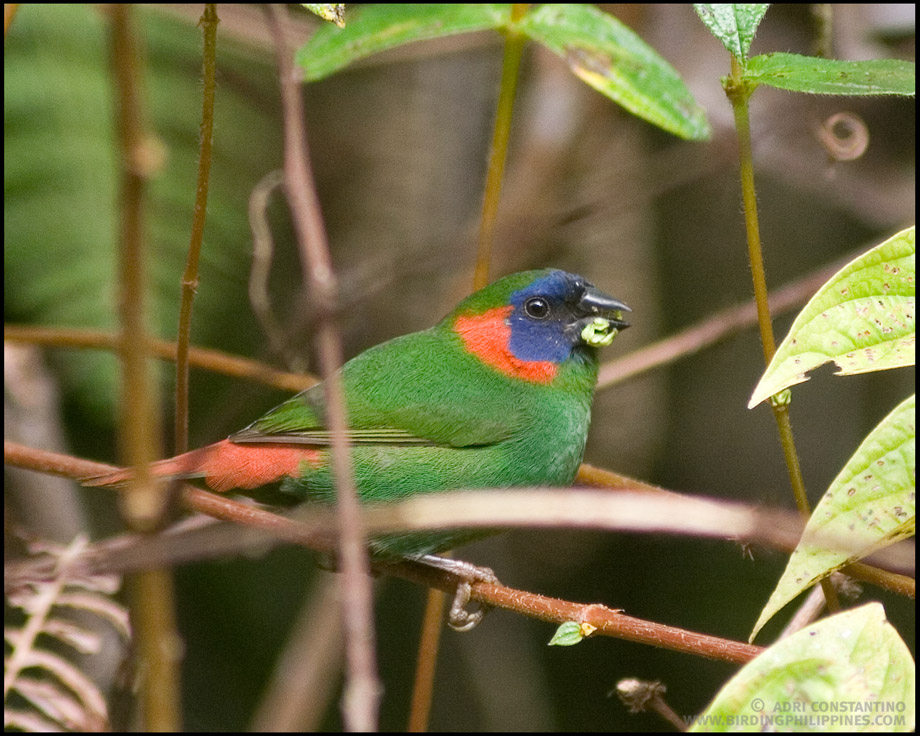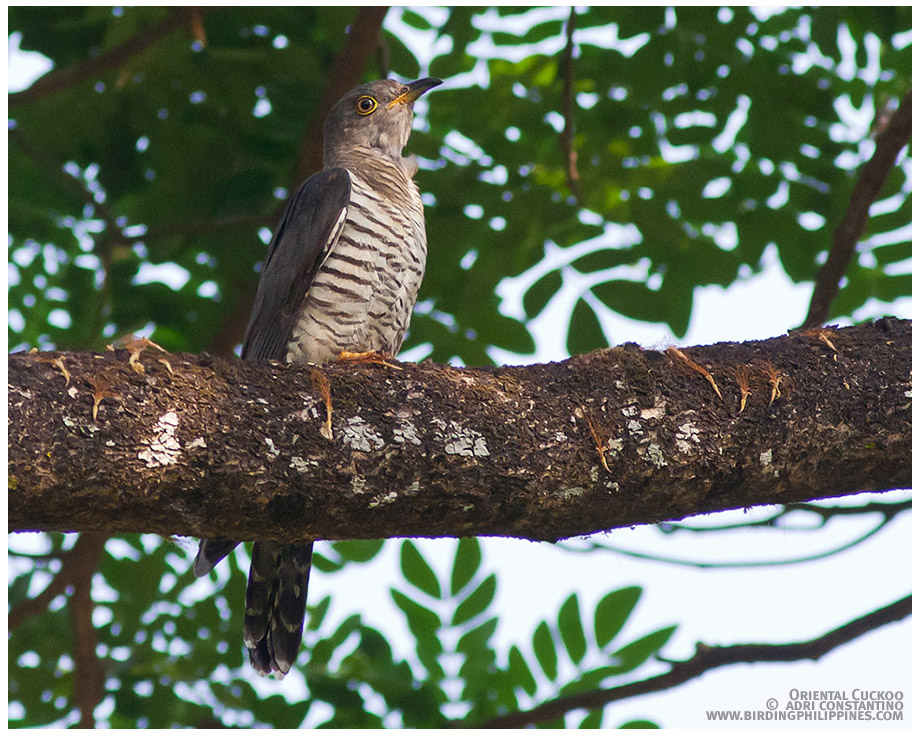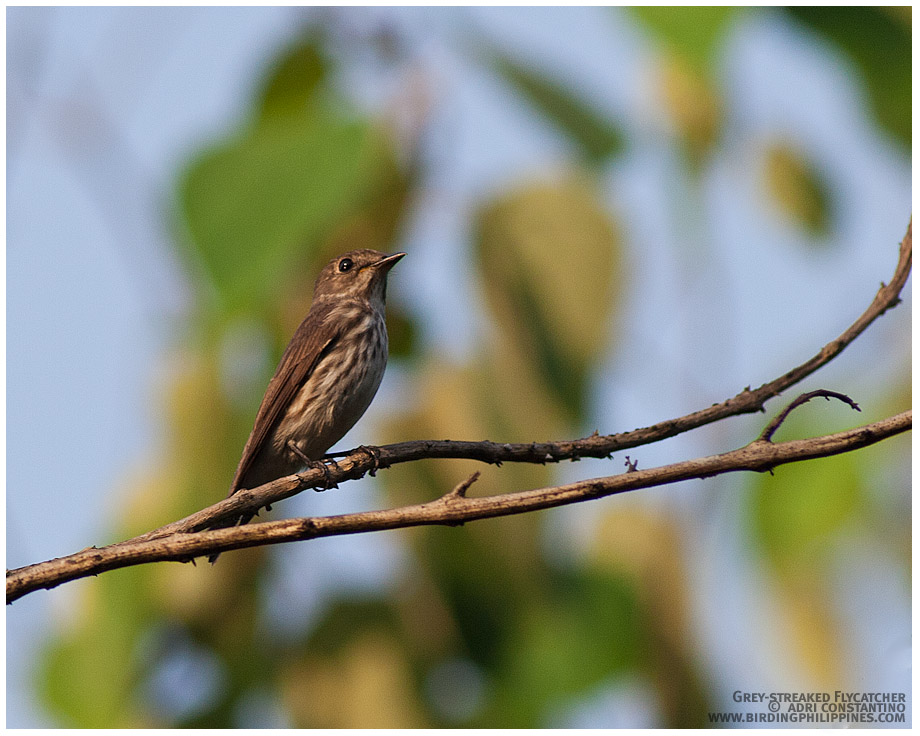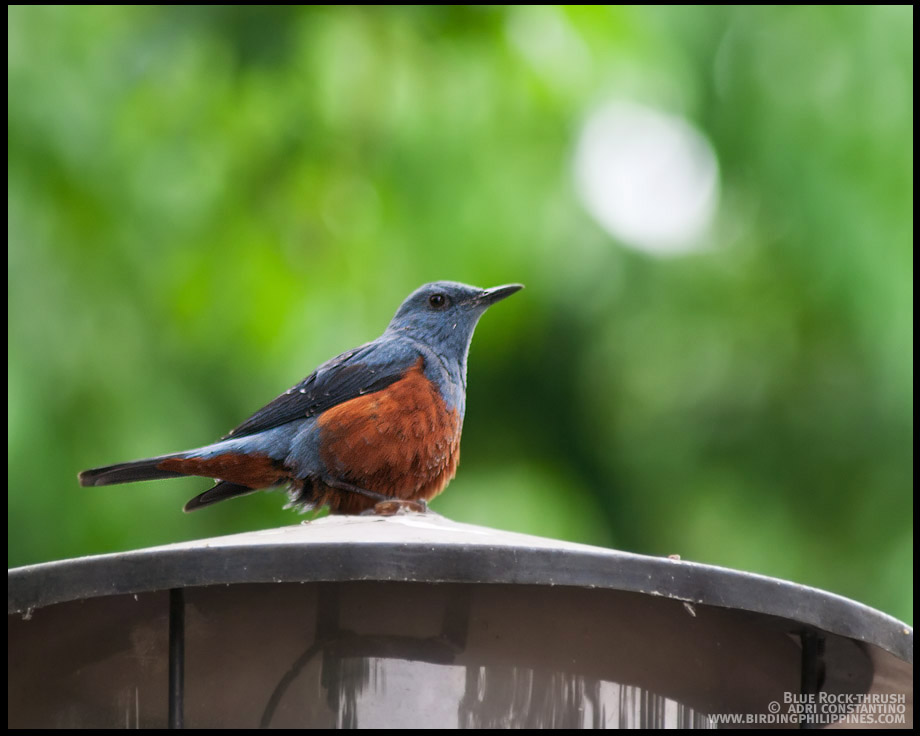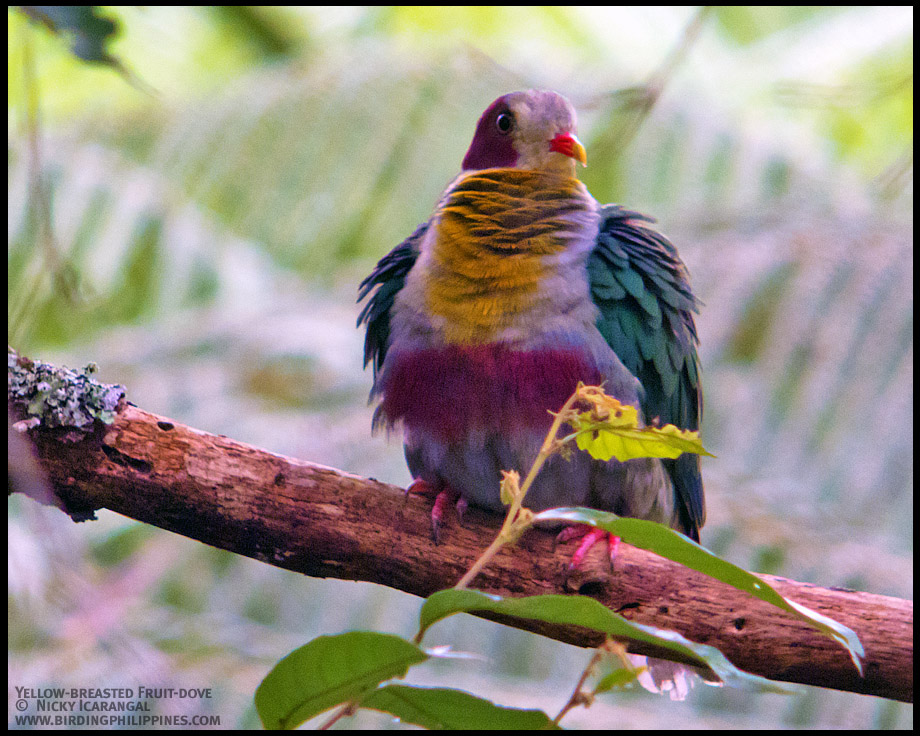A singing Melodious Babbler [in HD]
Sometimes the beauty of a bird lies not in its plumage or color but in its song.
Definitely the case for this Palawan endemic songster: the uncommon Melodious Babbler, Malacopteron palawanense. The field guide describes it as a very vocal, but shy and hard to see bird as it prefers the understory and canopy of low trees in second growth forest and forest edge, perching in dense tangles and vines. Though this beautiful bird maybe just plain brown and drab, the song is a harmonious melody described as a 5-note rhythmic whistle sounding much like "I can see you there." The call's description probably came from the birds habit of not showing itself completely, preferring to stay in the dense tangles and mocking all birders trying to locate it. 🙂
Melodious Babbler Malacopteron palawanense
February 2011, Puerto Princesa, Palawan, Philippines
Video by Nicky Icarangal, JR.
Digiscoped with a Swarovski ATM 80 HD, Canon Powershot S95 with Swarovski UCA.

